Phoenix Bat Removal
Welcome to Phoenix Bat Removal! We are Arizona bat removal specialists. It is important to know that bats are protected by Arizona law, and are beneficial animals to have in the environment. We do not kill any bats during our bat removal process. Never hire a pest control company or anyone who says they are a Phoenix bat exterminator. For correct and effective bat removal, you want a company that specializes in humane bat colony extraction. Our process is not only the only legal method in Arizona, but it is the most effective. We have a 100% success rate in our bat control process. We perform our industry-best 32-point inspection of your house or building, and seal shut all bat entry holes down to 1/4 inch as part of the removal process, during which we remove the colony via special one-way exclusion devices specific to your architecture. Once all bats are safely out, we permanenetly bat-proof the structure. We also provide guano (bat droppings) removal and decon. Click on our Phoenix Bat Control Prices page to find out more about our prices for bat control work. We work 24/7/365, and would love to talk to you about your bat problem. Call us any time at 602-704-0012 to discuss it, discuss our pricing, and if you wish, set up an appointment at your convenience, often same-day.
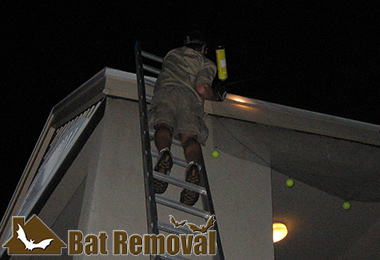
Phoenix Building and Attic Inspections

No-kill Arizona Bat Extraction
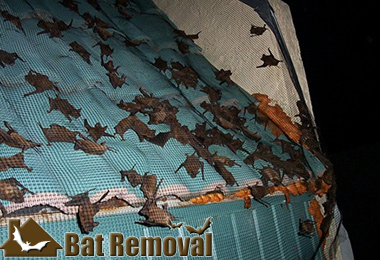
Guano Cleanouts - Serving all of Arizona
Call 24/7 to discuss your bat problem.
Same-day or next-day appointments.
32-point inspection of your property.
Written estimates for bat removal project.
Fully state licensed and insured.
Residential and commercial service
100% no-kill Phoenix bat extraction
Complete bat-proofing of your building
Compliance with all Arizona, federal laws
Guano removal and attic decontamination
Our Service Range - 602-704-0012
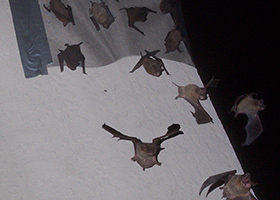
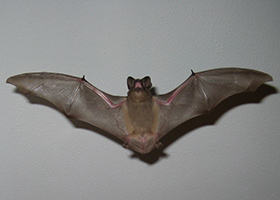
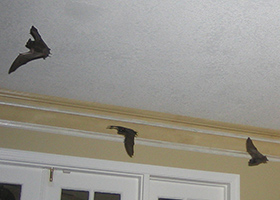
Evening Bats Facts and Information
The population of Evening bats in Indiana has reduced dramatically, but their numbers in Iowa and Missouri remains abundant. In the other part of the US, the status of this bat and its population trend is currently unmonitored. While it may be considered endangered in Indiana, it is still not considered a species of concern by the US Fish and Wildlife agency.
The Appearance of the Evening Bat
Evening bats belong in the species of small bats that comes with a dark brown fur. It also has dark ears and wings. The fur on its body will be dark brown but will be grayish as it approaches its tips. The fur of its tail will be limited to the upper portion that makes it unique. The length of its forearm will measure at about 34-38mm and may weigh at around 8-14g. They have a striking similarity to the big brown bat, but they are much smaller. The rounded tragus of the evening bat separates it from the rest of the small bats.
Habitat
The evening bat have dominated the southeastern section of the US. They are thriving from the eastern part of Texas up to the Southern region of Florida. The evening bat prefer to establish their habitat on forest and open settings such as wetlands and corridors. They live in the forest and you can never find them roosting on caves. Instead, they will be roosting on the buildings, hollows of the trees, and on the loose barks.
Life Cycle
One male evening bat will be mating with at least 20 female bats. After the copulation, the male and female bat will be going their separate ways. The female bats will be forming a colony where they will give birth to the young bat. The mating process will start on the latter part of the summer season up to the fall. The female will then store the sperm until the spring season when the ovulation will occur. This will ensure the mother bat that there will be enough foods available to raise their young ones. The female bat can usually give birth to twins and sometimes it will be triplets. The pups will be hairless and pink at birth. It will take three weeks before the little bats will be able to fly on their own. The mother will take care of them for 6 weeks. They will develop at an astounding rate and will be ready to leave the colony after a couple of weeks. They have an average lifespan of 2 years when on the wild.
The evening bats remain active during the night. The mother will be listening to the voice of the pup and its smell to identify their own baby from the thousands of other babies in the nest. Just like the other bats, they can use their echolocation when they are hunting their foods. Their eyesight is as good as human, but they do not necessarily use their visual sight when foraging foods.

